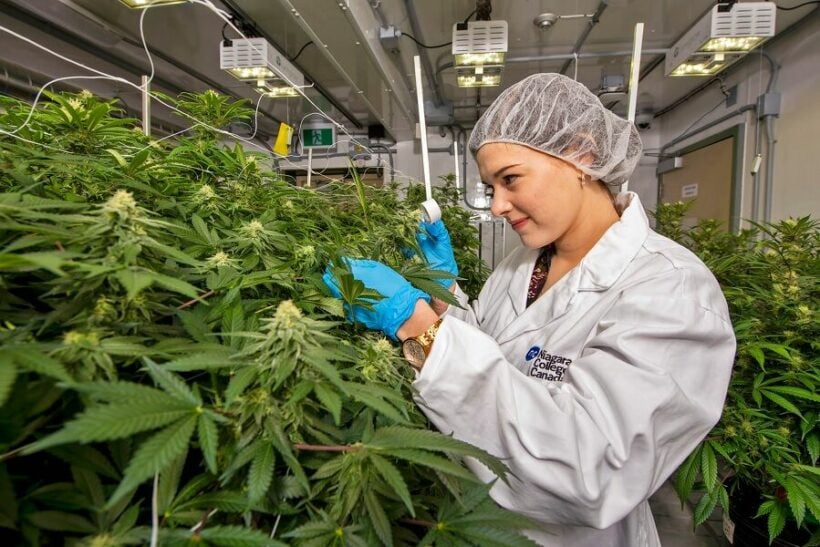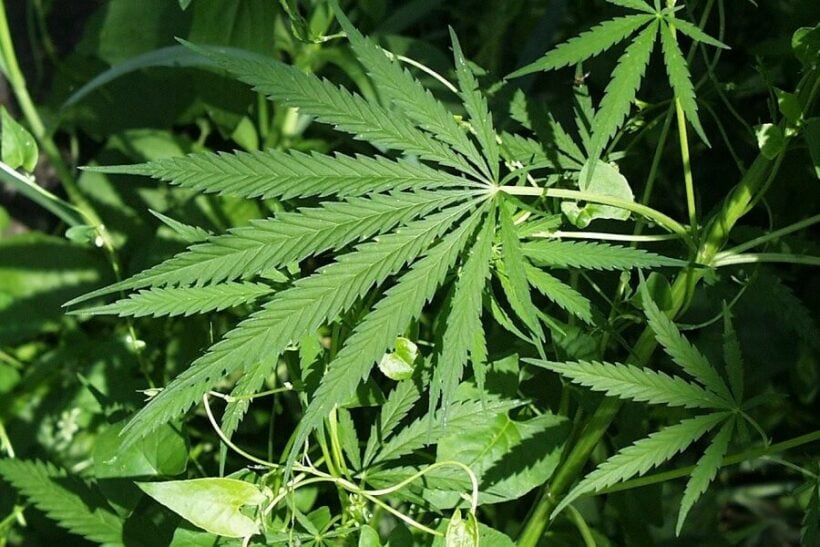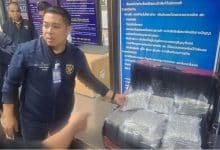Cannabis cultivation in Thailand: Eco-friendly or eco-foe?

Exploring the environmental footprint of Cannabis cultivation, especially in Thailand, reveals a complex picture. As the global perspective on cannabis shifts towards more liberal policies, understanding its ecological implications becomes crucial.
Thailand’s journey with Cannabis, from strict prohibition to embracing medical use, has sparked interest in its cultivation practices. However, this green wave comes with its own set of environmental challenges. Let’s delve into the impacts of Cannabis farming on Thailand’s lush landscapes and what it means for the future.
How cannabis will be consumed and grown in Thailand?
As Thailand navigates the green wave of cannabis legalisation, understanding how it will be grown and consumed across the country is pivotal. With a spotlight on sustainability, let’s delve into the dynamics shaped by the local climate and the push towards chemical-free cultivation.
Growing cannabis in Thailand
Exploring the cultivation of cannabis in Thailand unveils a blend of opportunity and challenge due to its unique climate and legal landscape. Thailand’s decision to lead as the first Asian country to legalize medical cannabis, extending to the legalization of its cultivation and sale in 2022, marks a pivotal shift. This move not only revolutionizes access to cannabis but also underscores the importance of sustainable cannabis practices in Thailand to mitigate the environmental impact of Cannabis.

When you decide to grow cannabis in Thailand, understanding the diverse climate regions becomes crucial. The nation’s tropical climate, characterized by wet and dry seasons, plays a significant role in your cultivation strategy. This climate favours outdoor cultivation but demands meticulous planning to avoid the pitfalls of excessive rainfall or drought. Adopting sustainable practices becomes imperative to navigate these challenges while minimizing your environmental footprint.
Climate regions and their impact
Thailand’s climate zones play a crucial role in cannabis cultivation. They dictate not only the viability of growing outdoors but also the type of strains that thrive. Cannabis climate change in Thailand could very well alter these growing patterns. In the northern highlands, the cooler temperatures suit a diverse range of cannabis strains, fostering a robust cultivation culture. Meanwhile, the central plains and northeastern plateau, with their hotter temperatures, present challenges like heat stress on the plants.
Genetics
When diving into the world of cannabis cultivation in Thailand, understanding the critical role of genetics cannot be overstated. The choice of strain greatly influences not only the success of your crop but also its environmental impact. Given Thailand’s unique climate, selecting the right genetics demands attention.
You’ll find that strains suited to the local conditions tend to thrive, with less need for intervention. This, in turn, aligns with sustainable cannabis practices vital for minimizing the environmental impact of Cannabis cultivation in Thai regions. Sativa-dominant hybrids and auto-flowering varieties, in particular, are excellent choices. These strains are not only resilient but also adapt well to Thailand’s tropical climate, reducing the risk of common issues like mould.
Sustainable cultivation techniques for a greener high
As you embark on a deeper understanding of cannabis cultivation, it’s essential to consider the environmental ramifications tied to your choices. The right techniques can minimize the environmental impact of Cannabis in Thailand, offering a more sustainable path forward.
Embrace organic farming
Organic farming stands out as a cornerstone of sustainable cannabis practices in Thailand. This method abstains from using synthetic pesticides and fertilizers, which often contribute to soil and water pollution. By choosing dispensaries that prioritize organic cultivation, you’re supporting ecosystems and reducing your carbon footprint.
Renewable energy in cultivation
The energy demands for growing cannabis, particularly in controlled indoor environments, can be substantial. Transitioning to renewable energy sources, such as solar or wind power, significantly cuts down on greenhouse gas emissions. This shift not only combats cannabis climate change in Thailand but also sets a precedent for responsible energy use in agriculture.
Water conservation strategies
Water is a vital resource in cannabis cultivation, yet its overuse can lead to wastage and environmental strain. Employing efficient irrigation systems like drip irrigation delivers water directly to the plant’s roots, drastically reducing waste. Such strategic water management ensures that cultivation has a lesser impact on local water resources.
Local and biodegradable packaging solutions
In response to the growing concern over waste, many Thai cannabis dispensaries are turning to local producers for sustainable packaging solutions. Biodegradable materials and minimal packaging designs help to lower the carbon footprint associated with product distribution. This approach not only protects the product but champions a greener planet.

By actively engaging in these sustainable cultivation and packaging techniques, you play a pivotal role in promoting a healthier environment. These practices not only align with a global movement towards ecological preservation but also enhance your cannabis experience with the peace of mind that comes from ethical consumption.
Environmentally friendly cannabis packaging solutions
Outdoor and indoor air quality
When cultivating cannabis, you must consider its impact on both outdoor and indoor air quality. Cannabis plants, through their natural processes, emit biogenic volatile organic compounds (BVOCs) that can alter the air you breathe. Outdoor, these emissions combine with pollutants from fertilizers, contributing to broader air quality issues. Indoors, the situation can become even more concentrated, with BVOCs, mould spores, and chemical residues from pesticides all posing potential health risks. Ensuring optimal air quality demands a proactive approach, including innovative cultivation and ventilation strategies that safeguard both the environment and your well-being.
Soil erosion
Growing cannabis, especially when not done sustainably, can significantly influence soil health, leading to erosion and pollution. Exposing soil to elements such as heavy rain and wind by clearing land is a primary cause. Steep slopes are particularly vulnerable, where the gravity-driven force of water can carry away the fertile top layer of soil much faster.
But it’s not just outdoor cultivation that’s a concern. Inadequately managed runoff from indoor facilities can also lead to the pollution of surrounding land and waterways. Adopting practices that protect the soil not only helps in combating erosion but also supports the sustainability of cannabis cultivation in Thailand.
Exploring Indoor vs. Outdoor Cannabis in Thailand: Unveiling the Secrets to Flourishing Cannabis Cultivation
Latest Thailand News
Follow The Thaiger on Google News:


























